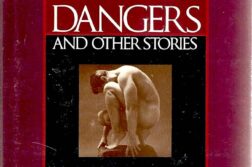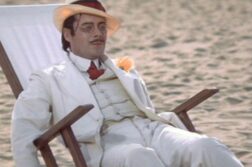Published in: July-August 2022 issue.
Hemingway was undoubtedly made aware of Crane’s suicide very soon after it happened. He quickly asserted his literary authority over the era in several pieces written for Esquire elaborating the mythology of his great pursuit of the great marlin, “my brother.” In one he conspiratorially confides his conclusion, after close observation of the habits of the marlin, that the great fish progresses from male to female through its lifecycle, always, if uncaught, dying as a female. (“Now you prove me wrong,” it ends.) Another piece of this period, not submitted for publication, opens with a view of the Orizaba in the harbor and ends with an altogether incongruous episode involving a brutal, gay, fascist policeman.
So Hemingway and Crane were made for each other, at least for one night. That night finally came in Havana Harbor. The next day Crane was dead. Three years later, it was reported that Crane’s slippered foot had been discovered in the belly of a shark. Twenty years later, in The Old Man and the Sea (1952), Hemingway characterized himself as the tragic hero Santiago, who brings the shark-eaten skeleton of the great marlin back into Havana Harbor.
Mark Shulgasser is a librettist, a photographer, and an astrologer.






